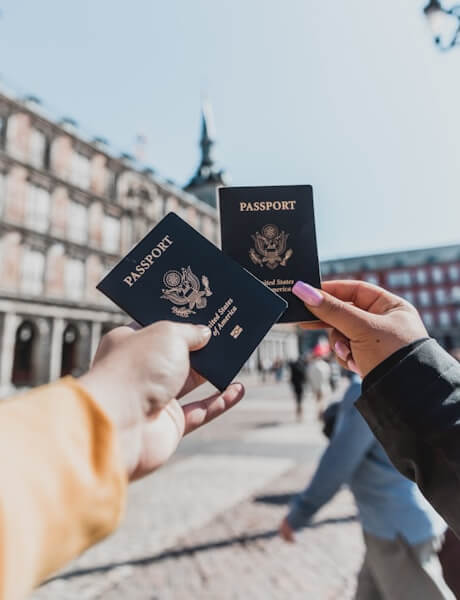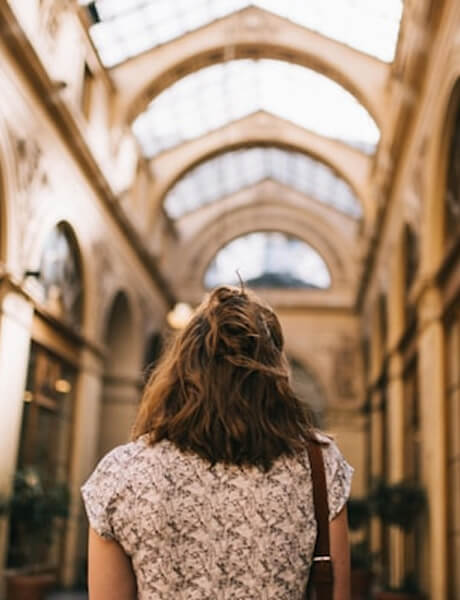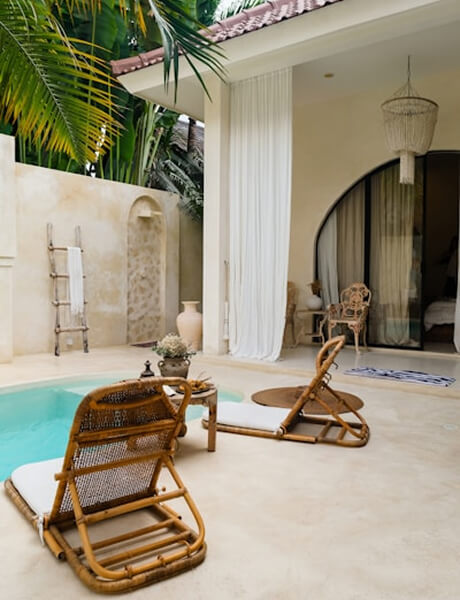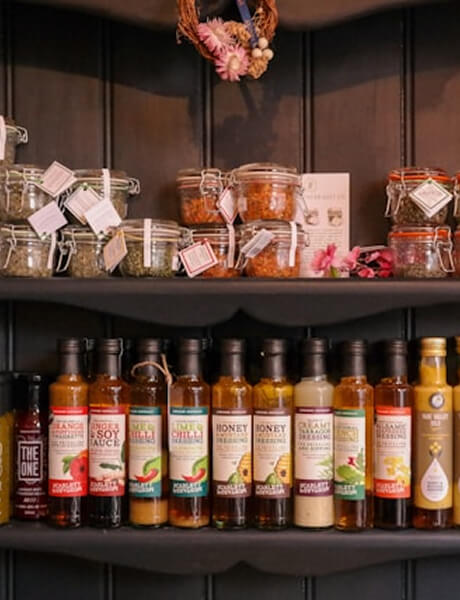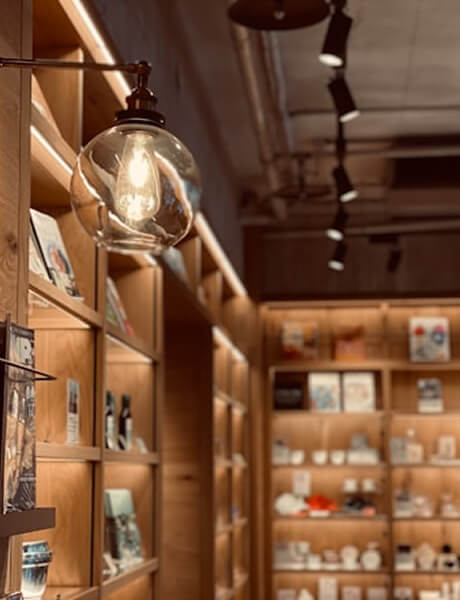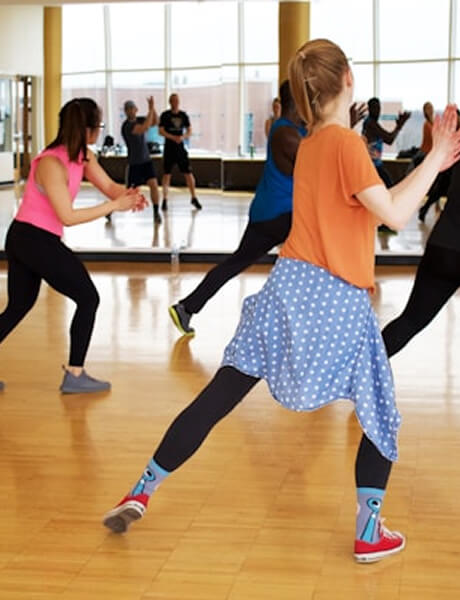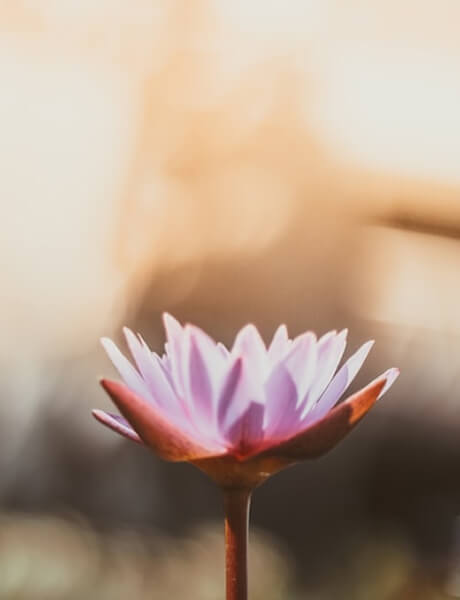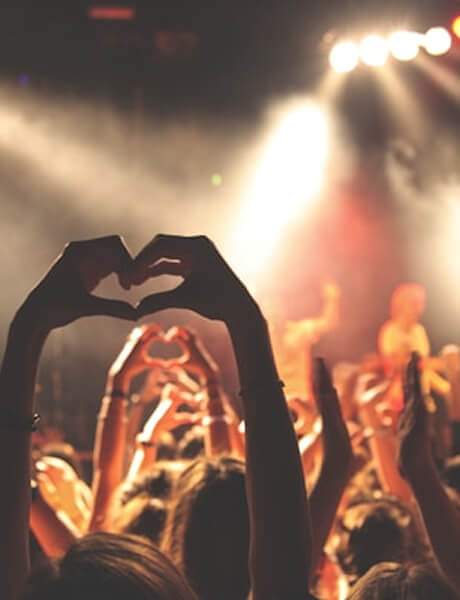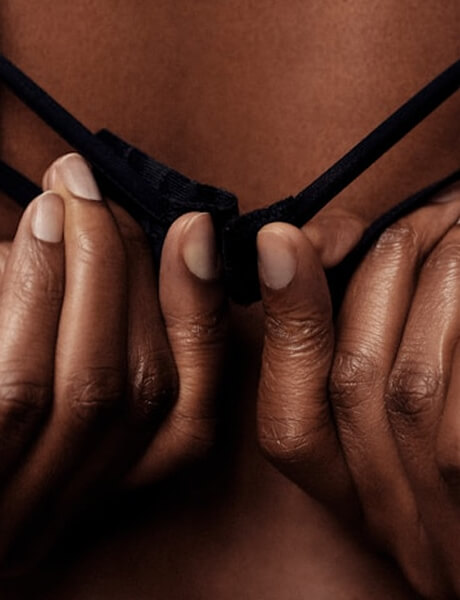
Travel guide Croatie
The best time to go en Croatie
Practical information for travel en Croatie
Get your travel guide: CROATIE

What to see what to do en Croatie?
Where to go en Croatie?
The most beautiful tourist sites
Other en Croatie destinations
Départements
Zone touristique
Villes
Petit Futé's best addresses en Croatie
Discover the most beautiful addresses selected by the authors of Petit Futé.
Featured articles de Croatie

Prenez le large et louez un bateau sur Click&Boat
Updated on 22/09/2025 Ideas for holidays & weekend
Louer un bateau entre particuliers, c'est ce que propose Click&Boat. Une alternative économique et bien plus conviviale, qui permet de profiter d'une balade en mer le temps d'une journée ou plus, et...

Top 12 night trains in Europe in 2025
Published on 27/05/2025 Activities and experiences
Travelling by night train offers many advantages: you can cover long distances without having to take a plane, admire superb landscapes, enjoy the magical experience of waking up in a completely different...

Top 12 night trains in Europe in 2025
Published on 27/05/2025 Sustainable tourism
Travelling by night train offers many advantages: you can cover long distances without having to take a plane, admire superb landscapes, enjoy the magical experience of waking up in a completely different...
How to travel en Croatie
How to go alone
No problem to visit Croatia by your own means. The plane is certainly the easiest way to get there. But bus, train, road or boat are also possible (only two countries separate France from Croatia). On the spot, Croatia is now a generally safe country. However, be careful in some areas: there may be mines left over from the Serbo-Croat conflict. But the areas to avoid are well marked. Finally, wild camping is forbidden.
How to go on a tour
Croatia is a major European tourist destination and can be easily visited on an organized trip or with a guide. Many tours are organized (by bus, self-tour, in group or individual, cruise in the Adriatic Sea, cultural tour...) to discover Croatia and its cities. Escapades are also possible and focus on cities. Finally, you can also opt for an all-inclusive seaside stay in certain resorts (Split or Dubrovnik in particular).
How to get around
To get around the country, flying may be possible (many domestic connections). The bus network is very dense (more than the train network which does not serve some regions well). The steep relief of Croatia only makes these bus trips long and uncomfortable. It is sometimes necessary to prefer the ferry, faster and less expensive. With the exception of frequent police checks, travelling by car (or motorcycle) is pleasant and completely independent.
Book your next trip with Kayak
Travel en Croatie
Ideas for holidays and week-end breaks en Croatie
We can opt for ten days in the South Adriatic. Arrival in Split, for its central position and return via Zadar or Dubrovnik, depending on the part of the coastline and the different archipelagos one chooses to explore. A thematic stay can mix several points of interest, diving, yachting, yoga, spa/rubbing, walks and hikes in national parks, heritage visits, wine tourism/gastronomy, festivals, etc. Finding the ideal beach is also an option! In three weeks or even a month, you can travel all over the country. If possible, with a vehicle rented locally in Zagreb or Dubrovnik for more freedom. Croatia is very well equipped to welcome travellers, everywhere there are reception counters, motor vehicle rental companies, nautical professionals, etc., all tourism specialists who help to build the stay. One can also follow the recommendations of a guide.
Services
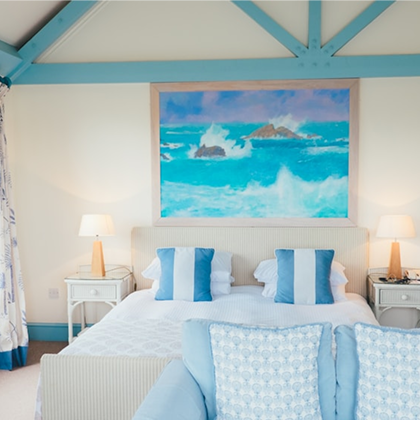
Find a hotel with Booking.com
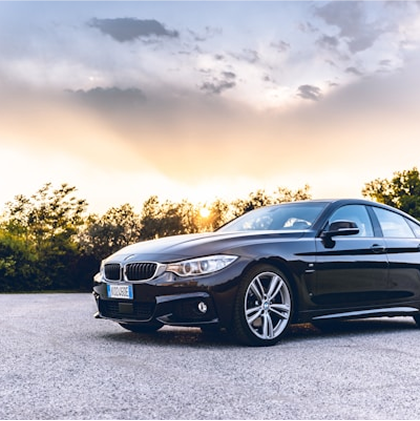
Rent a car with Bsp-auto

Create a blog and travel journal
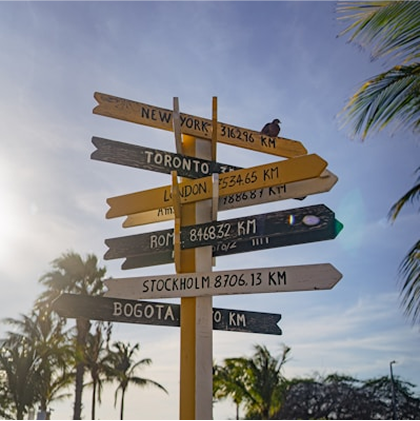
Find an agency with Quotatrip
Find unique holiday offers with our partners
Discover la Croatie
Let's start our journey by the sea! The south of Croatia can be explored along sunny roads, from Istria to Dalmatia. The Adriatic offers vast maritime domains, long rocky coasts, archipelagos and deep seas. The beaches are equally varied. In the highlands, other images emerge: plains, hills, mountains and plateaus that often look out over the sea. Fans of Game of Thrones will be familiar with this cinematic setting.
Croatia is a young republic with a complex history. Shaped by great civilizations - Latin, Eastern, Slavic and Western - its cultural heritage is rich. Historic monuments from every era interact with contemporary art, crafts, folklore and live performances. The region's cuisine, a crossroads of influences, is delicious, and you'll find plenty of gourmet products and souvenirs to take home in your suitcases.
The 12 keywords en Croatie
#Alphabet
Until the 15th century, Croats wrote in glagolithic characters (glagoljica). The modern alphabet is in Latin and has thirty letters. However, some letters differ from our alphabet: dž, š, š, ž. In addition, the letters q, x, y and w do not exist in the Croatian alphabet or any silent letters; all letters are pronounced.
#Bora
This north wind comes from the Velebit, the mountainous massif of continental Croatia, which runs along the Dalmatian coast before plunging into the Adriatic Sea. Coastal cities such as Senj, Karlobag, Makarska and even Dubrovnik are subject to it. If it cools down in summer, this violent wind in winter gives the sensation of losing ten degrees on the thermometer.
#Tie
One of the few words that the French language owes to Croatian(hrvatski) dates from the Thirty Years' War when Croatian hussars, who came to France to join the royal army, wore a white scarf on their uniform. In 1666, the cavalry regiment received, from Louis XIV, the name of Royal-Cravates, born from the deformation of the Croatian name.

#Dalmatian
This beautiful, world-famous dog, native to the coastal region of Dalmatia, is recognizable by its white coat with black spots. Bishop Petar already described it in 1374. Trained to attack horses, it was used in the wars against the Ottomans. Dalmatian appears on some coats of arms of Croatian noblemen.
#Glagolitic
Alphabet invented in Croatia in the 9th century by two Greek monks, Saint Cyril and his brother Saint Methodius. The Croats were the only European Catholics authorized by the pope not to use Latin. The first missals in Glagolitic script were printed in 1483. This alphabet lasted in Croatia until the end of the 15th century.

#Kava
As in Italy, coffee (espresso, cappuccino, latte macchiato) is drunk at any time of the day, and the terraces are often full. Here we say kava. Even on working days, people take coffee breaks in bars and restaurants near their workplaces. At home, it can be prepared in the oriental (or Turkish) way.

#Klapa
This traditional Dalmatian a cappella singing is often heard on the radio, through windows. These polyphonies, composed mainly of men, often rehearse in churches. They perform in the street, in the squares during festivals. Sometimes, a few elders push the klapa on the terrace of a café, during a family gathering.
#Marenda
Even if the tradition is dying out, there are still bars where you'll see the word appear on the front. Around 10/11 a.m., it's time to go out or to prepare a savory snack. A sandwich of charcuterie, cheese or fish, which allows early-rising workers to take a late-morning break. Depending on where you are, the marenda is called a gablec.

#Maraschino
A liqueur obtained with sour cherries called marascas. Balzac, in A Beginning in Life, talks about Zadar, the "city where maraschino is made". In Europe in the second half of the 19th century, it was highly prized. Other evidence of the popularity of this Dalmatian alcohol at Baudelaire and even at Napoleon Bonaparte's table.
#Naturism
All along the Croatian coast, in Istria, on the islands, many beaches and creeks are dedicated to naturism. The ex-king of England Edward VIII and Wallis Simpson would have launched the fashion. The acronym FKK(Freikörperkultur) indicates these protected zones. One finds naturist camp-sites, equipped with modern infrastructures of type vacation village.
#Paški sir
On the island of Pag, this hard sheep's cheese is made. It is rolled in ash and olive oil and then matured. The taste also comes from the milk of the sheep that feed on aromatic herbs and sea salt. Often enjoyed as an aperitif, as an appetizer (antipasti), it is served with smoked Dalmatian ham (pršut), bread and wine.
#Lighthouse
With the progress of electronics, the valiant lighthouse keepers are becoming rarer. As a result, the lodgings are gradually being converted into cottages for vacationers thirsting for solitude and sea air. A boat brings them there with the groceries for the week and comes back to pick them up the day they want. The lighthouse keeper can help out if necessary.
You are from here, if...
In summer, you rent out your house or apartment to tourists and move in with family.
By the sea, you move pebbles to make a sea urchin-free path through the water.
You leave your towel on the rocks when you go out to lunch or at the end of the day. There are no thieves in the sea!
You eat your cheese as an appetizer(antipasti) and, in summer, you prefer red wine fresh from the fridge.
At the start of an excursion on a boat, you drink a shot of rakija offered by the captain. Good for seasickness, good for conviviality.
You don't get on the bus in your bathing suit, towel over your shoulder.
You cover your shoulders in churches and monasteries.
You know that the break-up of the former Yugoslavia is a sensitive subject. Some will talk of the war of independence, others of the patriotic war, some will praise Tudjman's memory, others will call him a fascist.









